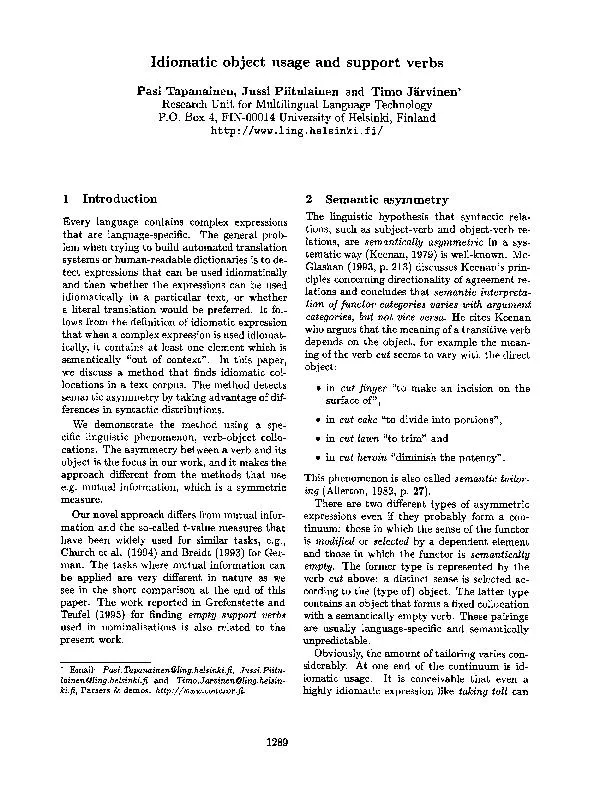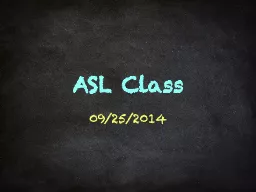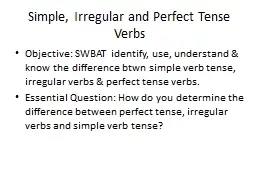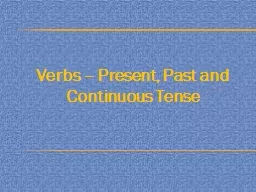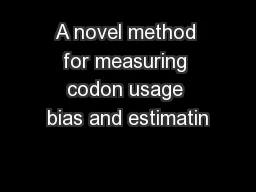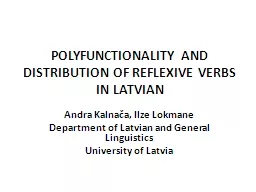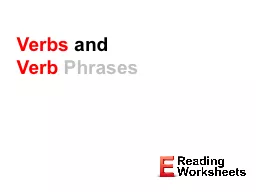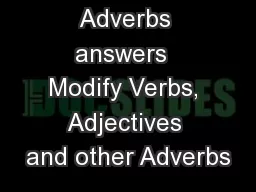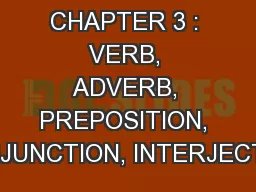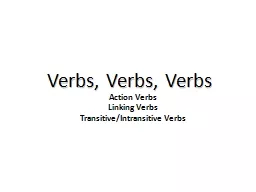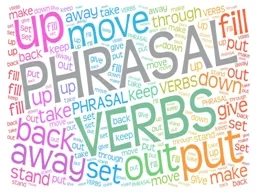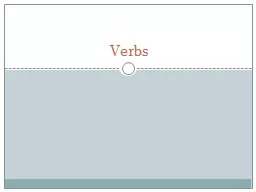PDF-object usage and support verbs
Author : celsa-spraggs | Published Date : 2016-04-25
Tapanainen Jussi Piitulainen and Timo Jirvinen Unit for Multilingual Language Technology PO Box 4 FIN00014 University of Helsinki Finland www ling helsinki fi Introduction
Presentation Embed Code
Download Presentation
Download Presentation The PPT/PDF document "object usage and support verbs" is the property of its rightful owner. Permission is granted to download and print the materials on this website for personal, non-commercial use only, and to display it on your personal computer provided you do not modify the materials and that you retain all copyright notices contained in the materials. By downloading content from our website, you accept the terms of this agreement.
object usage and support verbs: Transcript
Download Rules Of Document
"object usage and support verbs"The content belongs to its owner. You may download and print it for personal use, without modification, and keep all copyright notices. By downloading, you agree to these terms.
Related Documents

